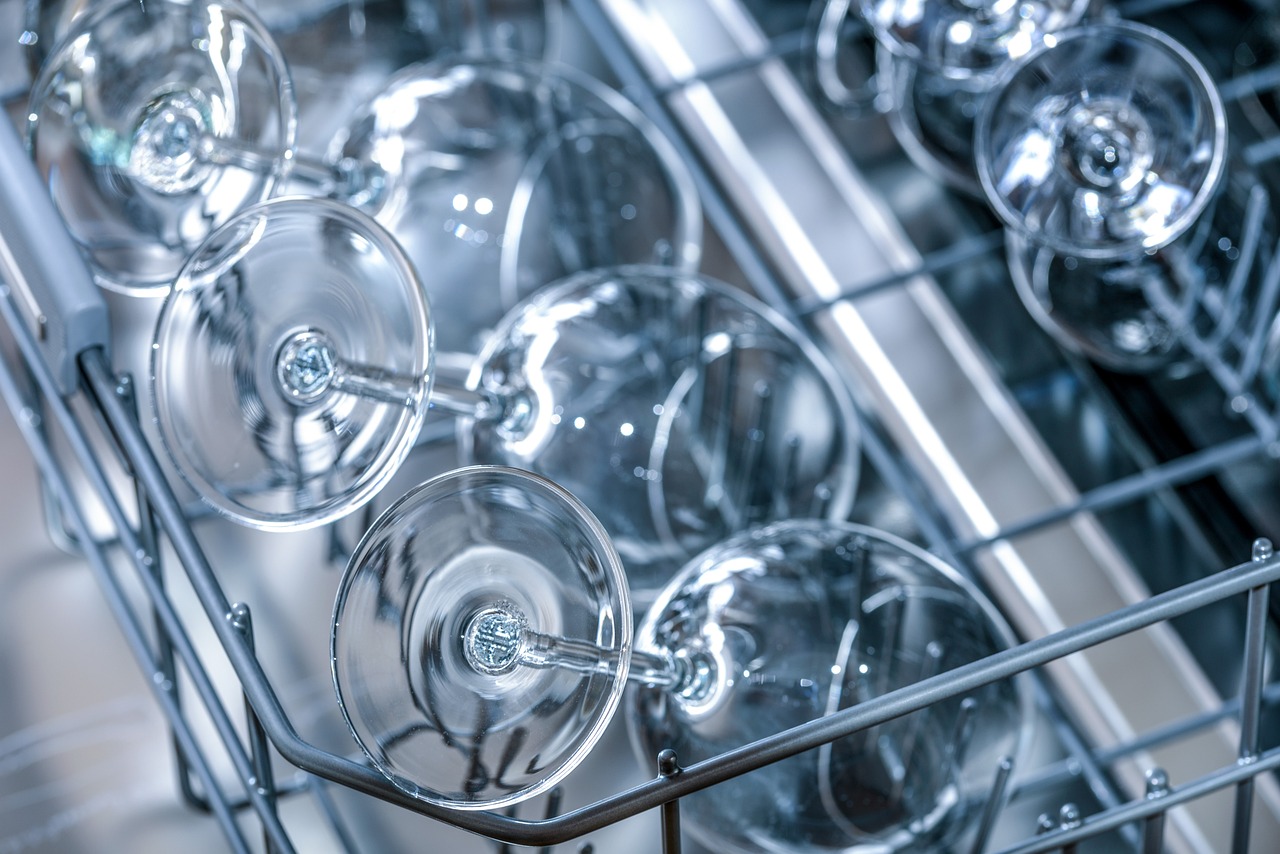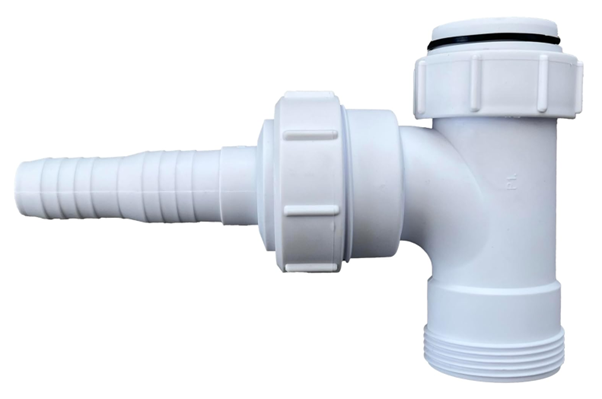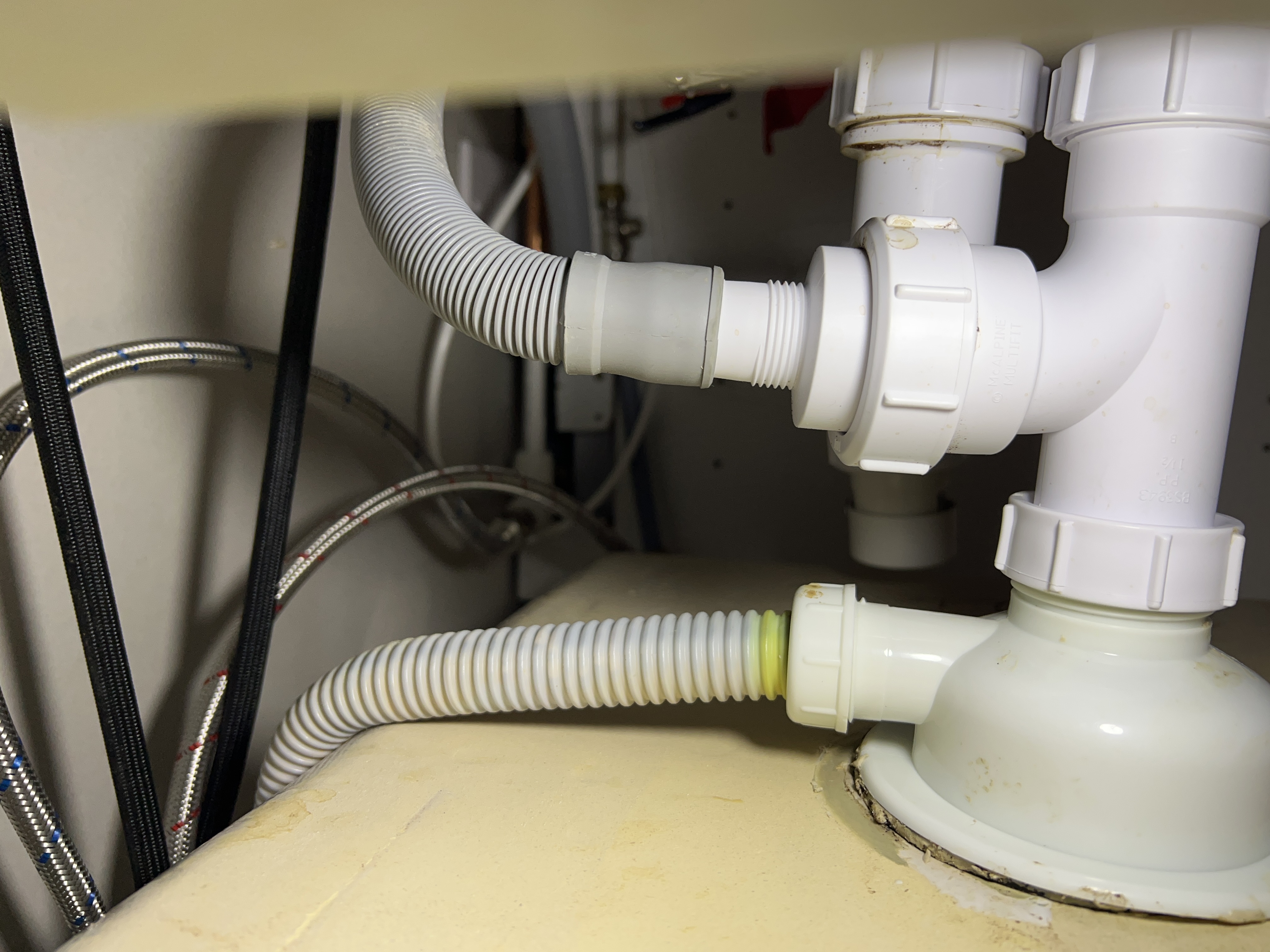

Installing a dishwasher can transform the daily routine, making kitchen clean-up a breeze. But, before enjoying the convenience, it's crucial to understand the plumbing requirements. Many homeowners overlook this critical aspect, leading to installation headaches and potential water damage.
The plumbing setup for a dishwasher involves more than just connecting hoses. It requires a well-thought-out plan that ensures the appliance operates efficiently and safely.
Understanding plumbing essentials not only simplifies the installation process but also helps avoid costly repairs down the line. Whether it's a new kitchen or an upgrade, knowing what plumbing is needed is the first step toward a hassle-free dishwasher experience.
Dishwasher plumbing requires several key components to ensure proper installation. Dishwashers heat their own water so a cold water supply line is all you need. Check to make sure the line is in good shape and doesn't need replacing.
Drainage is another crucial aspect. The dishwasher's drain hose connects to the sink drain or a designated standpipe. This setup prevents backflow and ensures dirty water exits the appliance effectively. An air gap or high loop method often offers additional protection against wastewater contamination.
Electrical connections must support the dishwasher's requirements. Many units include a cord and plug, but some demand hardwiring. This connection ensures power reaches the appliance, necessary for operation.
Since a functional and safe dishwasher installation is the goal, make sure you have proper alignment to help prevent water damage and improve efficiency, contributing to a seamless kitchen upgrade. Understanding these elements enables homeowners to integrate the dishwasher effectively, maintaining the kitchen's design and functionality.
Dishwasher installation involves specific plumbing components to ensure efficient operation. Understanding these components helps streamline the installation process and avoid potential issues.
The water supply line delivers water to the dishwasher. Typically crafted from stainless steel or braided tubing, it connects the home's cold water supply to the water inlet valve located on the dishwasher. A shut-off valve on the supply line simplifies maintenance, allowing for easy water disconnection if needed. If you don't already know how to turn off your water watch this quick video.
An effective drainage system ensures wastewater exits the dishwasher without causing backflow. This system generally includes a drain hose that links to either the kitchen sink or a dedicated standpipe. It's essential that the drain hose is properly secured and follows a safe route to maintain the kitchen's hygiene and prevent leaks. Connecting to the sink is super easy but may require a different drain part that includes a nozzle for attaching the dishwasher drain.
[

](https://amzn.to/4f34gZA)

Read: How Should Under-Sink Plumbing Look?
An air gap or high loop in the dishwasher's drainage setup prevents dirty water from re-entering the appliance. Installed on the countertop or beneath the sink, an air gap allows air into the system, breaking the siphoning effect commonly associated with backflow. If an air gap isn't possible, a high loop configuration can be effective, positioning the drain hose above the dishwasher's basin level before descending to the drain connection to ensure proper drainage and water quality.
Selecting an optimal position for the dishwasher ensures efficient operation and easy access for maintenance.
Positioning the dishwasher near the sink reduces plumbing complexity. The close distance allows easier connection to the water supply line and drainage system. This setup minimises the length of hoses needed, decreasing the potential for leaks and water pressure loss. A short drain hose lowers the risk of backflow, improving waste disposal efficiency.
Adequate space should surround the dishwasher for installation and user convenience. Measurements of the dishwasher's dimensions ensure it fits within the designated area with room for loading and unloading dishes. Easy access to electrical and water connections allows for straightforward maintenance and repair. Clearance for the dishwasher door should also be verified to prevent obstructions to kitchen aisles or drawers.
Avoiding common plumbing mistakes ensures efficient dishwasher installation. Mistakes can lead to costly repairs and inefficiencies.
Avoiding these mistakes ensures a seamless and safe dishwasher setup.
Read: Can I Do Plumbing Myself?
Professional installation ensures compliance with all regulations and guarantees expert handling of the plumbing components. Experienced technicians effectively manage the water supply and drainage connections, reducing the risk of leaks and water damage. This approach may seem more costly upfront, but it often saves money in the long run by preventing future issues.
In a DIY approach, individuals take on the installation themselves, which can be cost-effective if they possess the necessary skills. They must thoroughly understand the installation manual, handle connections correctly, and ensure all components, including the water supply line and drain hose, are securely attached. But, errors during installation might lead to costly repairs or water damage, especially if plumbing systems are intricate.
When deciding between these approaches, weigh your confidence versus how difficult the job. If you're unsure then hiring a professional can provide peace of mind and efficiency. Conversely, if you want to give it a go by gaining some basic plumbing knowledge and tools you might find personal installation a rewarding project.
You may want to sign-up for a virtual consultation with Betsy!
Understanding the plumbing requirements for a dishwasher is essential for a successful installation. Focus on the water supply line, drainage system, and electrical connections, to ensure the appliance functions efficiently and safely. Proper planning and choosing the right location can simplify the process and reduce potential issues. Whether opting for professional installation or a DIY approach, being aware of common pitfalls can prevent costly mistakes. Eventually, taking these steps ensures a seamless integration of the dishwasher into the kitchen, enhancing functionality and design.
Key plumbing components for dishwasher installation include the water supply line, typically made of stainless steel or braided tubing, which connects the home’s hot water supply to the dishwasher’s inlet valve. A secure drain hose is also crucial for proper wastewater removal, preventing backflow and maintaining kitchen hygiene. Be sure to include an air gap or high loop in the drainage setup so dirty water doesn't re-enter the dishwasher, preserving proper drainage and water quality.
Placing a dishwasher near the sink simplifies plumbing, as it allows for shorter water supply and drainage connections. This proximity reduces the length of hoses required, decreasing potential leak points and minimising water pressure loss. Additionally, it ensures easier accessibility for connecting water and power, making maintenance more convenient.
Common mistakes include incorrect pipe sizing, which can lead to reduced flow and underperformance, and failing to install a high loop or air gap, resulting in potential backflow issues. Incorrectly secured drain hoses can cause leaks, and inaccessible shut-off valves complicate maintenance. Additionally, improper electrical connections may result in shorts, so attention to detail is critical to avoid these errors.
Professional installation ensures compliance with regulations and expert care of plumbing, reducing the risk of leaks. Although it might be pricier, it often prevents costly future issues. A DIY approach can be budget-friendly if you have the necessary skills, but requires carefully following the installation manual. Mistakes during a DIY setup could lead to expensive repairs, especially in complex systems. It's essential to check and re-check supply and drainage connections.
A high loop or air gap in the drainage system prevents dirty water from re-entering the dishwasher by creating a physical barrier in the drain line. This ensures effective wastewater removal and maintains water quality, preventing contamination and ensuring the dishwasher drains properly. It’s an essential component for maintaining the dishwasher's efficiency and hygiene.